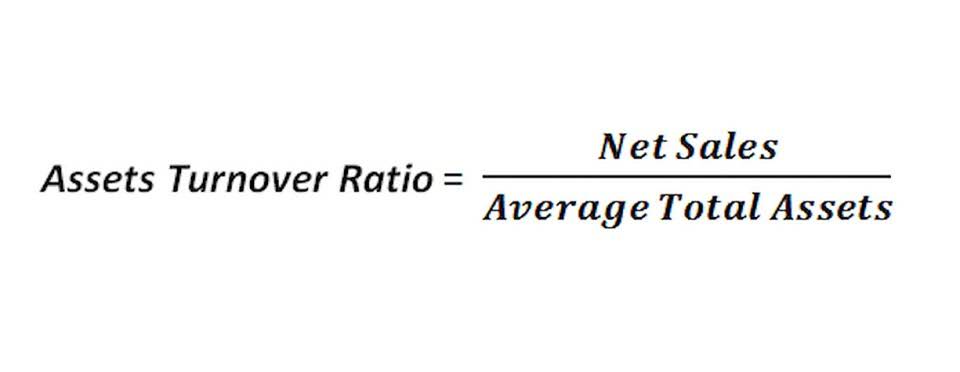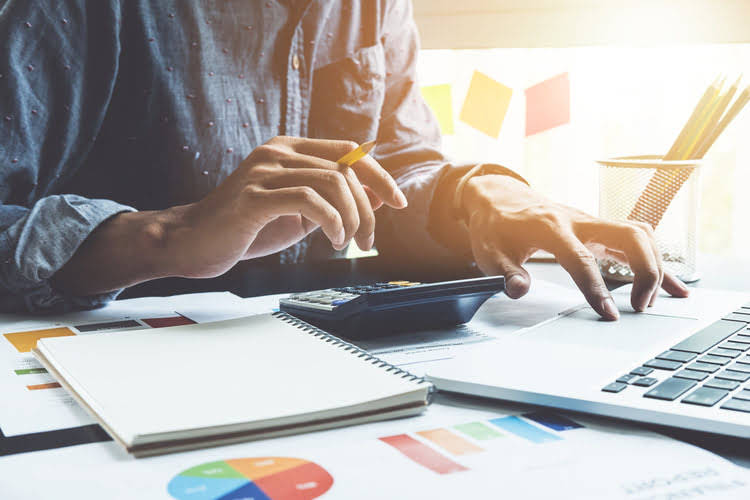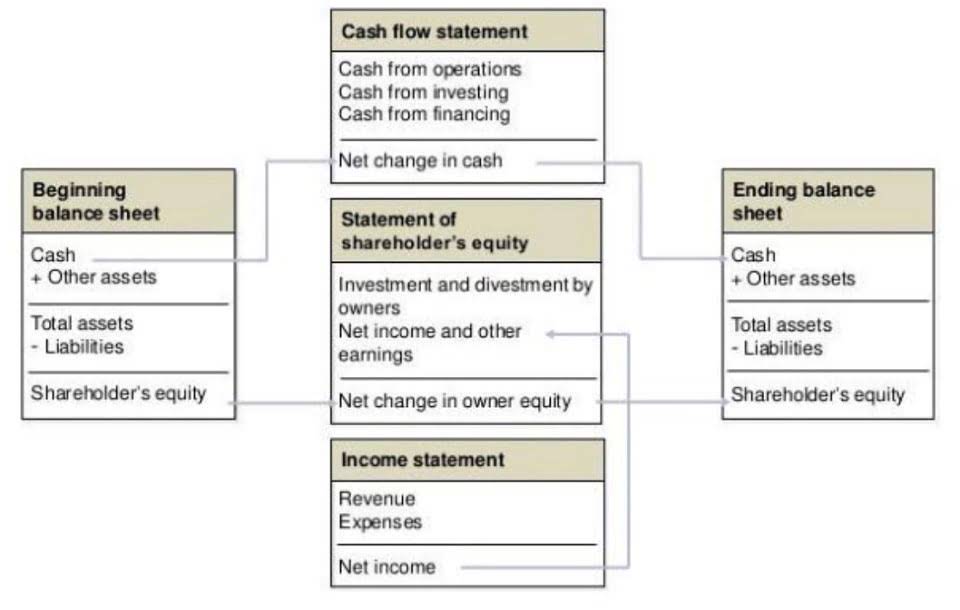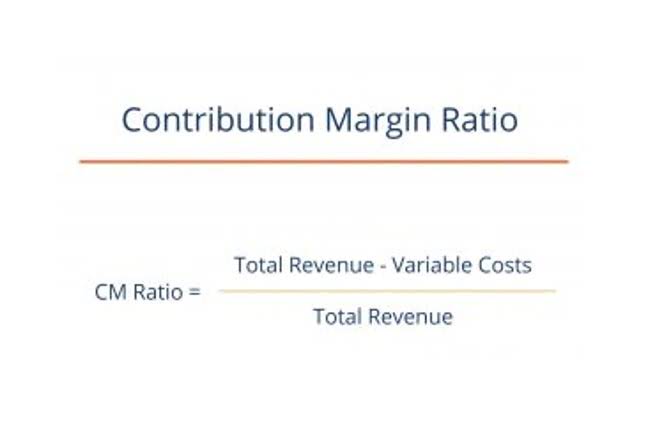Discounts are price reductions offered to customers, often to incentivize prompt payment or bulk purchases. These can include trade discounts applied at the point of sale or cash discounts for early payments. For example, under 2/10, net 30 terms, a customer paying a $10,000 invoice within 10 days would receive a 2% discount, reducing the net sales to $9,800. Managing discount policies effectively helps balance increased sales volume and cash flow against reduced revenue.
How Can I Increase my Gross Sales
- While lucrative commission schemes help attract and retain reps who are motivated by earning potential, a commission structure that motivates everyone on your team is best for business.
- To receive an accurate gross sales result, ensure you’ve adequately collected and recorded sales data for the selected time period.
- In short, gross sales don’t reveal how efficiently your business can convert sales into profits, which is essential for analyzing operational effectiveness.
- Offer them loyalty programs like exclusive offers to repeat customers etc.
With the help of examples and supporting data, let’s see what gross sales might reveal about revenue performance of your business. Additionally, gross sales don’t consider operational costs like rent, salaries, or supply expenses. A high gross sales figure may look promising, but if overhead costs are also high, the business might still struggle to turn a profit. However, gross sales alone don’t provide insights into how much revenue the business actually retains after deductions. They serve as a starting point, and further analysis is needed to understand profitability, customer satisfaction, and operational efficiency.
What Are Gross Sales and How Do You Calculate Them?
Understanding both metrics provides a comprehensive view of financial health, facilitating more strategic business decisions. If your company allows customers to return products or services after purchase, managing these sales returns can be complex for accurate financial reporting. The Gross Sales Formula only represents the total sales made by the company without taking into account any costs or expenses. To get the net profit, one needs to deduct all costs, including the cost of goods sold, operating expenses, taxes, and more from the gross sales. Furthermore, allocating significant portions of gross sales to sustainability can also impact the company’s short-term financial performance.
Improve Your Customer Experience
Despite the importance of calculating gross sales to get accurate net sales, this metric doesn’t reveal much about a company’s financial position. If we assume 4% of all transactions were returned, there were 8,000 returns, meaning that the downward adjustment to gross sales is $320k. Gross sales refer to the total sales revenue a company generates before any deductions such as operating expenses, cost of goods sold (COGS), taxes, and allowances are applied. It is the primary measure of business activity and represents the top line or the total incoming revenue of a company. Take the example of Apple which announced gross sales of over $394 billion for 2023, representing the continuous demand for its products around the world.
Net sales are calculated by deducting sales allowances, sales discounts, and sales returns from gross sales. The distinction between gross and net figures is crucial for financial analysis. Gross sales represent total revenue before deductions, while net sales account for returns, discounts, and allowances. This distinction ensures accurate reporting and analysis, as net figures reflect the revenue a company realistically retains. It is important to understand the distinction between gross sales and net sales, as net sales take into account deductions such as taxes, discounts, and returns.
Unlock Your Business Potential with OneMoneyWay
Similarly, see if affiliate marketing and partnership with influencers or other businesses works for you to boost sales. You will need to approach it strategically by developing a grand plan which will include from increasing marketing efforts to improving product and customer experience. Increasing gross sales is the primary goal of any business because it’s about business’s revenue and profitability. Gross sales are normally excluded from income statement, however, when included it is followed by net sales and then total revenue. Regularly reviewing these metrics together ensures that businesses have a complete picture of their financial performance.
Gross sales are essential but fail to provide insights into the company’s cash gross sales formula flow profitability. You can use this metric to calculate metrics that provide a more granular look into the business’s performance. However, it is crucial to note that the gross sales margin is just one aspect of a company’s financial performance. Other factors such as net profit margin, return on assets, and liquidity also play important roles in company’s overall financial overview. The effect of changes in gross sales on profitability can be quite profound. If the gross sales increase keeping the costs constant, it can boost gross margin, increasing the amount of money that can be used for other expenses or taken as profit.
And if you want to understand where churn and contractions are adjusted in the income statement to calculate the revenue, net revenue retention is the read to click at. Investors or partners looking at inflated gross sales figures may develop unrealistic expectations, leading to tension when actual earnings fall short. By breaking down gross sales into its components and tailoring calculations to the industry, companies gain a comprehensive understanding of their earning potential. This ensures they can make better decisions, whether it’s planning a promotional campaign or negotiating supplier contracts. When combined, both metrics can give you a proper representation of your company’s performance, the success of your sales methods, and the quality of your services and products. If you find a product that’s common in returns, you can decide whether you need to improve it or remove it altogether.
These are usually deducted from the gross sales to calculate the net sales. Therefore, gross sales are not the true reflection of a company’s revenue. In the realm of real estate, gross sales represent the aggregate cost of properties sold within a specific time frame. Regular increase in gross sales often points toward a booming real estate market.
- Gross Profit is rhe amount after subtracting the cost of goods sold (COGS) from net sales and net sales is derived from gross sales.
- You can track growth trends by looking at data like this, as well as understand the ebbs and flows of your industry to help with demand forecasting.
- Gross sales can indicate potential sales growth, brand popularity, or consumer demand, which are pivotal in making informed business decisions.
Which is more important for evaluating business performance – gross sales or net sales?
For example, a company may have high gross sales but low profit margins due to high discounts or frequent returns. Comparing gross sales with net sales helps identify problem areas, like poor product quality or overly aggressive discounting. That’s why the latter gives a better insight into a company’s financial position.
Net sales reflect the company’s total revenue after subtracting all deductions and expenses and show the business’s spending and earnings during the sales process. The costs linked to net sales will significantly influence a company’s gross profit and gross margin. For our hypothetical scenario, we’ll assume that a 10% discount was offered to customers that paid early, which was the case in 5% of all completed customer transactions. By itself, the gross sales metric could be misleading, which is why net sales are viewed as a more useful indicator of a company’s financial performance. Product returns or discounts incentivize customers to make more purchases and are usually a normal part of a company’s day-to-day operations. In most contexts, gross sales and gross revenue are interchangeable since both represent the total sales before any deductions.
Gross sales serve as a crucial component in any firm’s financial analysis as they are the primary revenue indicator. Regardless of the industry or the scale of operations, it is the gross sales that set the stage for assessing the financial performance and viability of a business. Gross sale is the total sales revenue from selling goods or services before any kind of deductions like COGS. It is the number one figure that shows the full amount of income earned through sales activities over a specific period. This distinction helps businesses assess their true financial performance and make informed decisions. Focusing on gross sales alone can give a distorted view of a company’s financial health.
As a goodwill gesture, you offer a 30% refund on the £100 product, equating to £30. You must subtract these deductions from the £10,000 total sales revenue to find your net sales. Imagine running a pet supplies shop and recording £10,000 in total sales for the last 30 days. Meanwhile, net sales demonstrate the actual revenue after the sales deductions.
This structure ensures transparency and adheres to accounting standards like GAAP and IFRS. Businesses often use accounting software to automate this process, ensuring accurate and comprehensive tracking of transactions. Regular reviews of gross sales figures help ensure consistency with sales records and allow businesses to identify discrepancies early. Sales volume refers to the number of products sold in a specific period of time, while gross sales are the revenue the company gets by selling these products.
To enhance gross sales, manufacturers may increase production lines or invest in new product development. It’s important to note that higher gross sales can immediately encourage companies to initiate CSR activities. By showcasing a corporation’s commitment to CSR, a firm not only enhances its reputation but also strengthens its connection with its customers, employees, and the community at large. Internally, it boosts morale, improves the company culture and can indirectly lead to productivity improvements. Gross sales, therefore, play a vital role as an initial gauge of profitability and, subsequently, the financial well-being of a company.
Starting with this foundational formula in Excel, you can build more complex financial models with ease. If you want to calculate gross sales for your company, the good news is that there’s an easy-to-use gross sales formula you can rely on. While the concept of using gross sales to fund sustainability goals is promising, it also presents some challenges.
The gross sales formula is calculated by totaling all sale invoices or related revenue transactions. However, gross sales do not include operating expenses, tax expenses, or other charges, which are all deducted to calculate net sales. Deductions are important in understanding how well a business is selling its product or service. If you don’t consider them, you might not account for different strategies your sales team is employing or different ways they could be more efficient. A sales return occurs when a buyer sends a product back to a seller for a partial or full refund. Seeing these numbers could, for example, flag an issue with a specific product that gets returned often.














